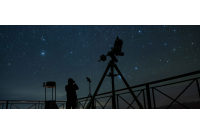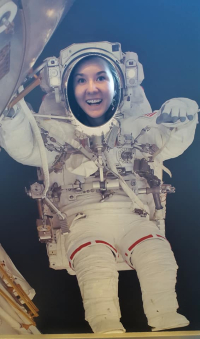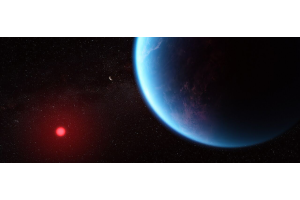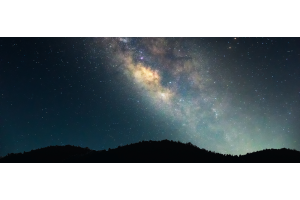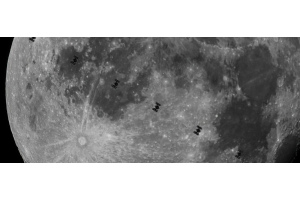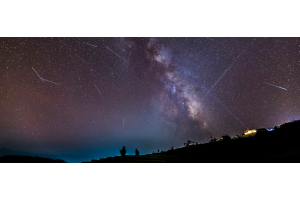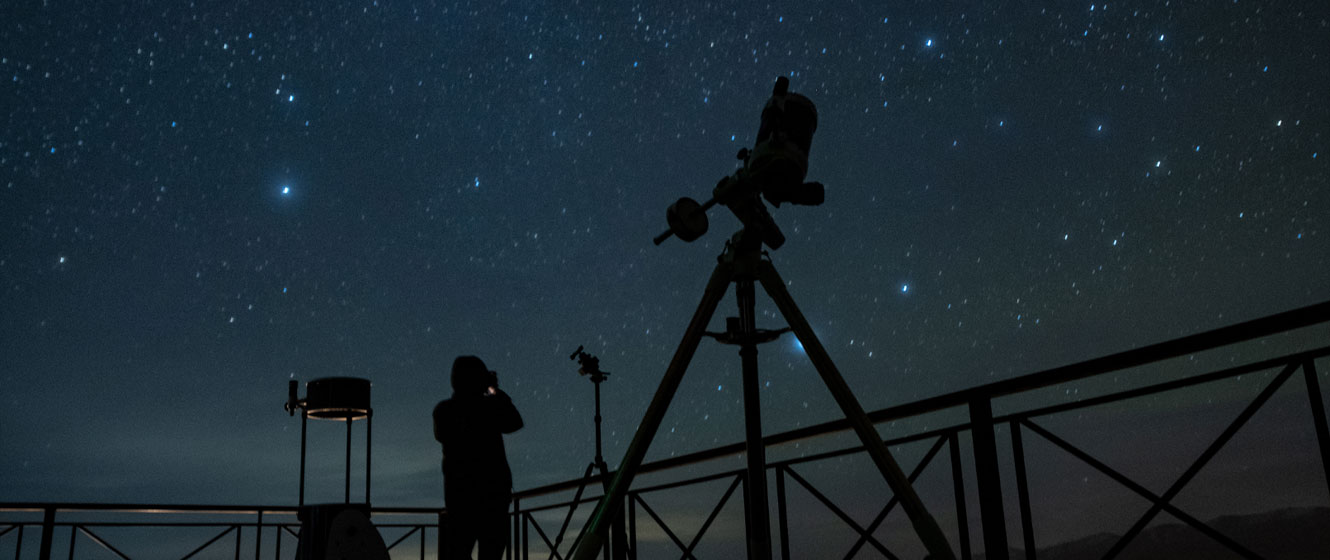
You’ve evaluated all of your choices, narrowed down the options, weighed the pros and cons, and finally bought your first telescope. Congratulations! You’re all set and ready for some ‘stellar’ celestial observation. But what happens when you want better viewing and new gadgets to make your hobby even more rewarding? How do you know which are the essential telescope accessories and which are superfluous? Before you dive in over your head, it’s important to know what your goals are.
Do you want to see the features of the Moon with greater clarity? Do you want to view Andromeda or far away binary stars? The accessories you need will depend on what you hope to achieve. We’ll cover the most common accessories both beginners and experienced astronomers need, as well as which particular pieces will suit your specific purposes.
Filters
Telescope Filters work in a very similar way and serve a similar purpose as camera filters. They’re designed to help you see better by upping the contrast and bringing fine details into focus, as well as blocking certain wavelengths of light to allow different celestial bodies to stand out better. Below are some of the things you might like to do or see and the filter that’s best for the job.
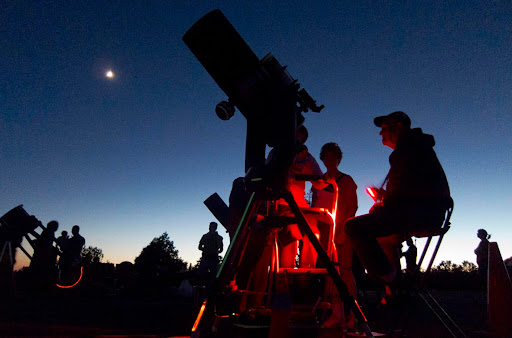
For Viewing The Moon
Tired of homing in on the terminator to see crater details and maria? Bring the whole moon into greater focus with a Moon Filter. These are designed to lessen skyglow as well as light pollution while boosting certain color contrasts. The result is a clearer, more detailed image of Earth’s companion. Good Moon filters also have an anti-reflection coating, because although the brightness of the Moon makes it stand out, in a telescope all that light can lead to glare, and glare doesn’t make for good seeing.
For Toning Down Light Pollution
Being a backyard astronomer has its perks, but there’s one big drawback, and that’s light pollution. Unless you live in the woods away from humanity, you’re going to have to deal with lights from neighbors, cities, and cars. For all that technology has given us, a big thing it has taken away is the gorgeous view of a pitch-black night sky dotted by thousands upon thousands of stars. Light pollution filters take care of the problem by blocking out wavelengths of light that are commonly emitted from manmade lighting and allowing the natural glow from stars and planets to get through.
Eyepieces and Barlow Lenses
Your telescope may have come with a few starter eyepieces, but before long you’re going to want to branch out. The specifics of eyepieces and magnification can get complicated, but the basics you need to remember are:
- Start with a low power like 25mm or 30mm
- Work up to something like 15mm and if the viewing is still good, go up more
- 9mm is a good limit when you’re starting out
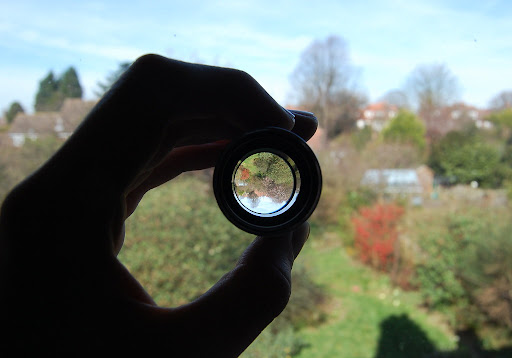
Smaller magnification (like 25mm) means a wider field of view, and higher magnification (9mm) means a smaller field of view. Each has its purpose, but you’ll most likely stay somewhere between 25mm and 12mm in the beginning. While two eyepieces, one high magnification and one low, is a good starting point, you can try multiple eyepieces to find out which works best for you.
Barlow lenses can be really useful depending on what you’re doing. If you want to focus in on, say, Saturn, but you don’t have an eyepiece with a high enough magnification, Barlow lenses can double and sometimes even triple the magnification of the eyepiece you do have. While the image quality can sometimes get a bit degraded compared to using a single eyepiece, they’re extremely handy when you don’t want to lug around too many different eyepieces.
Dew Prevention
You will, without a doubt, encounter dew at some point during your observations. If you prepare and have the necessary preventative measures handy, you won’t have to pack it in and wait until the next night. Dew prevention accessories are the perfect solution when you just can’t let nature have its way.
Dew forms as a result of temperature differences, so the best way to protect your telescope is with accessories that combat dew actively through heating, or passively by protecting your telescope’s optics. Dew shields serve as passive protectors. They work by effectively extending the length of your telescope’s tube so that cool air has a harder time making its way to your optics where it can collect as moisture. Your other options include dew heaters and heated dew shields both of which use warmth to evaporate dew that has already formed in addition to preventing accumulation.
These are by no means the only accessories out there or even the only ones you’ll be using. As you learn more about your telescope and astronomy in general, you’ll figure out what you want and what you need, but you have to start somewhere. Master the basics, and there’s no telling where your observations will take you next.

Learn More
Interested in learning more about what gear is right for you? Not sure what you'll need? Check out our Astronomy Hub to learn more!
This Article was Last Updated on 07/19/2023
